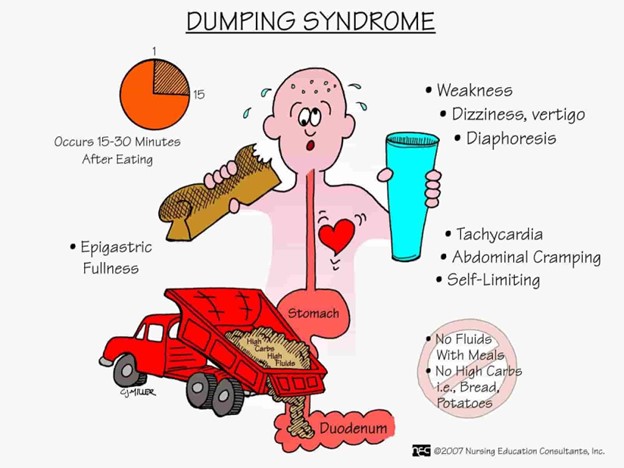A client admitted after a motor vehicle accident arrives with a Glasgow coma score (GCS) of 14 with a mild headache. 4 hours later, the client's GCS has decreased to 10, and now has a dilated pupil on the left side. Which of the following acute traumatic brain injuries does the nurse suspect the client has suffered?
Laceration
Acute subdural hematoma
Intracerebral hemorrhage
Epidural hematoma
The Correct Answer is D
Choice A reason: This is incorrect because laceration is not an acute traumatic brain injury, but a type of wound that involves tearing or cutting of the skin or other tissues. Laceration can occur as a result of a motor vehicle accident, but it does not cause changes in the GCS or pupil size. The nurse should assess the client's skin for any signs of laceration, such as bleeding, swelling, or infection.
Choice B reason: This is incorrect because acute subdural hematoma is not likely to cause a dilated pupil on the left side. Acute subdural hematoma is a type of traumatic brain injury that involves bleeding between the dura mater and the arachnoid mater, which are two layers of the meninges that cover the brain. An acute subdural hematoma can cause a rapid decrease in the GCS, but it usually causes a dilated pupil on the same side as the injury, not on the opposite side.
Choice C reason: This is incorrect because intracerebral hemorrhage is not likely to cause a dilated pupil on the left side. Intracerebral hemorrhage is a type of traumatic brain injury that involves bleeding within the brain tissue itself. Intracerebral hemorrhage can cause a gradual decrease in the GCS, but it usually causes neurological deficits that correspond to the location of the bleeding, such as weakness, numbness, or aphasia, not pupillary changes.
Choice D reason: This is correct because epidural hematoma can cause a dilated pupil on the left side. Epidural hematoma is a type of traumatic brain injury that involves bleeding between the dura mater and the skull. Epidural hematoma can cause a lucid interval, which is a period of normal consciousness followed by a sudden decrease in the GCS, and a dilated pupil on the opposite side of the injury, due to compression of the third cranial nerve. The nurse should notify the provider immediately and prepare for emergency surgery.
Nursing Test Bank
Naxlex Comprehensive Predictor Exams
Related Questions
Correct Answer is A
Explanation
Choice A Reason: Sweating and pallor are early signs and symptoms of dumping syndrome, which is a condition where food moves too quickly from the stomach to the small intestine, causing rapid fluid shifts and hormonal changes. Sweating and pallor are caused by hypoglycemia, which occurs when the high concentration of food in the small intestine stimulates insulin secretion.
Choice B Reason: Abdominal cramping and pain are late signs and symptoms of dumping syndrome, which occur about one to three hours after eating. Abdominal cramping and pain are caused by intestinal distension, spasms, and gas formation.
Choice C Reason: Double vision and chest pain are not signs and symptoms of dumping syndrome, but may indicate other serious conditions, such as stroke or heart attack. Double vision and chest pain should be reported to the provider immediately.
Choice D Reason: Bradycardia and indigestion are not signs and symptoms of dumping syndrome, but may be related to other gastrointestinal disorders, such as gastritis or peptic ulcer disease. Bradycardia and indigestion should be evaluated by the provider for further diagnosis and treatment.

Correct Answer is D
Explanation
Choice A Reason: A heart rate of 122/min is elevated, but not life-threatening. It could be due to pain, anxiety, dehydration, or infection.
Choice B Reason: A urinary output of 25 ml/hr is low, but not critical. It could indicate fluid loss, kidney damage, or inadequate fluid resuscitation.
Choice C Reason: A pain level of 6 on a scale of 0 to 10 is moderate, but not severe. It could be managed with analgesics and non-pharmacological interventions.
Choice D Reason: This is the correct answer because difficulty swallowing can indicate airway obstruction, inhalation injury, or edema of the throat. It can compromise breathing and require immediate intervention.
Whether you are a student looking to ace your exams or a practicing nurse seeking to enhance your expertise , our nursing education contents will empower you with the confidence and competence to make a difference in the lives of patients and become a respected leader in the healthcare field.
Visit Naxlex, invest in your future and unlock endless possibilities with our unparalleled nursing education contents today
Report Wrong Answer on the Current Question
Do you disagree with the answer? If yes, what is your expected answer? Explain.
Kindly be descriptive with the issue you are facing.
